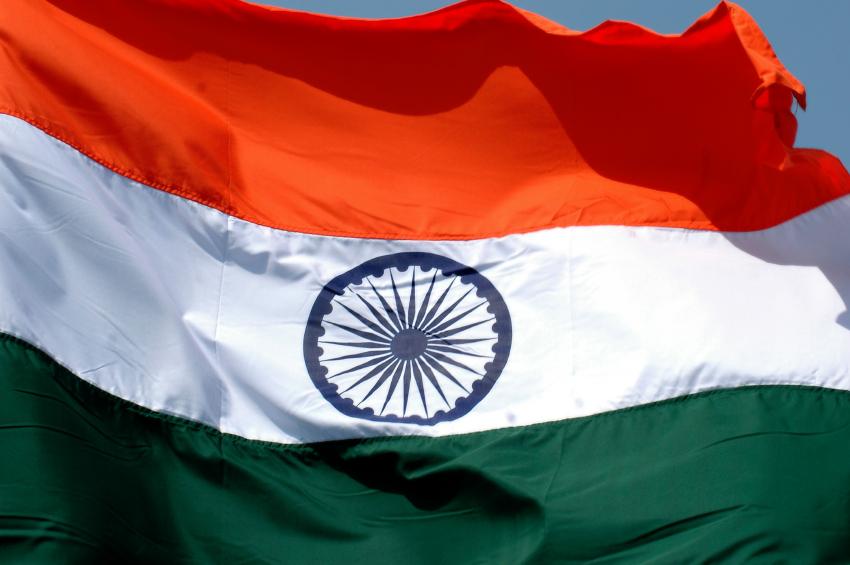India’s Electronic Component Industry: Trends and Challenges

The electronic component market in India is experiencing significant growth, driven by rapid industrialisation, urbanisation, and increasing demand for consumer electronics. This market encompasses a wide array of products, such as semiconductors, capacitors, resistors, inductors, and connectors.
The Confederation of Indian Industry (CII) recently published a report highlighting the vast potential of India’s electronic component market, painting a bright picture for the sector in the coming years.
Let’s examine the progress of India’s electronic component market and explore steps to ensure domestic manufacturing meets growing demand.
SOURCE: Teji Mandi
What’s Happening?
According to the CII report, India’s domestic demand for electronic components and sub-assemblies is expected to increase fivefold, reaching $240 billion by 2030, supporting total production valued at $500 billion. As of 2023, the market demand for electronic components and sub-assemblies stands at $45.5 billion, supporting the production of $102 billion.
The report expresses concern about the continued reliance on imports of critical components like semiconductors, capacitors, lithium-ion batteries, and motherboards. CII urges the Indian government to emphasise the production of these components and revise the Production Linked Incentive Scheme, offering incentives in the range of 35-40% over the next eight years.
Challenges Faced by India in Electronic Component Manufacturing
The major challenges faced by India in electronic component manufacturing include:
- Supply Chain Disruptions: Global supply chain issues affecting the availability of raw materials and components. India currently relies heavily on China for electronic component raw materials.
- High Competition: Indian domestic players face intense competition from international players who have more capital and advanced technology.
- Technological Obsolescence: Rapid technological advancements lead to shorter product lifecycles.
- Higher Costs: Despite high import duties, importing from China, Vietnam, and South Korea is still cheaper than producing components in India.
What’s In It for Investors?
Priority components and sub-assemblies, including PCBAs, are projected to grow at a robust CAGR of 30%, reaching USD 139 billion by 2030. The Indian electronic component market is expected to grow at a compound annual growth rate (CAGR) of approximately 10-12% over the next five years. Key growth sectors will be consumer electronics, automotive, and industrial automation.

What’s Next?
The report recommends reducing import tariffs on key sub-assemblies and components to below 5% to enhance global competitiveness. It also advocates actively seeking free trade agreements with the EU, UK, GCC countries, and emerging African economies. This policy support is expected to create approximately 2,80,000 jobs by 2026 and boost GDP, solidifying India’s position as a leading hub for electronics manufacturing.










